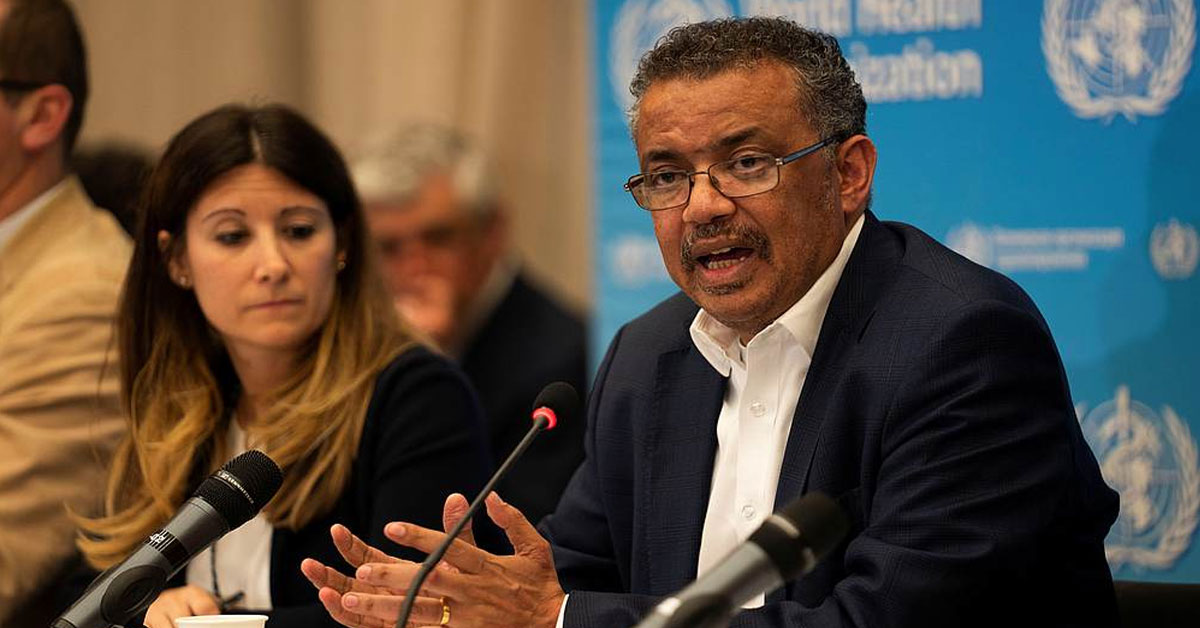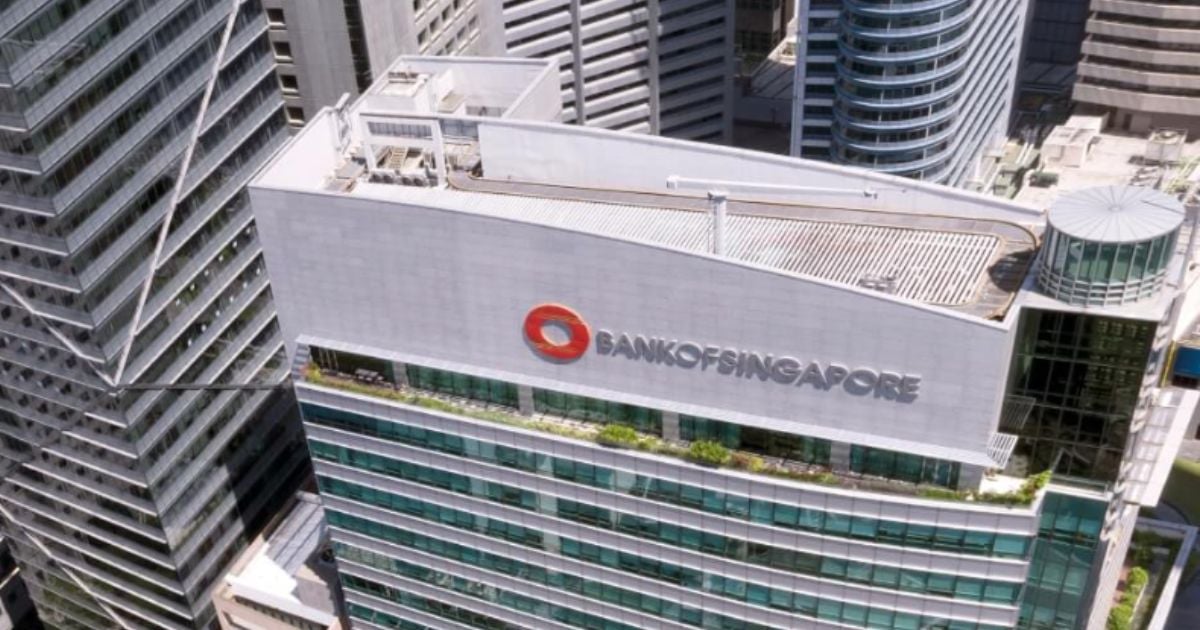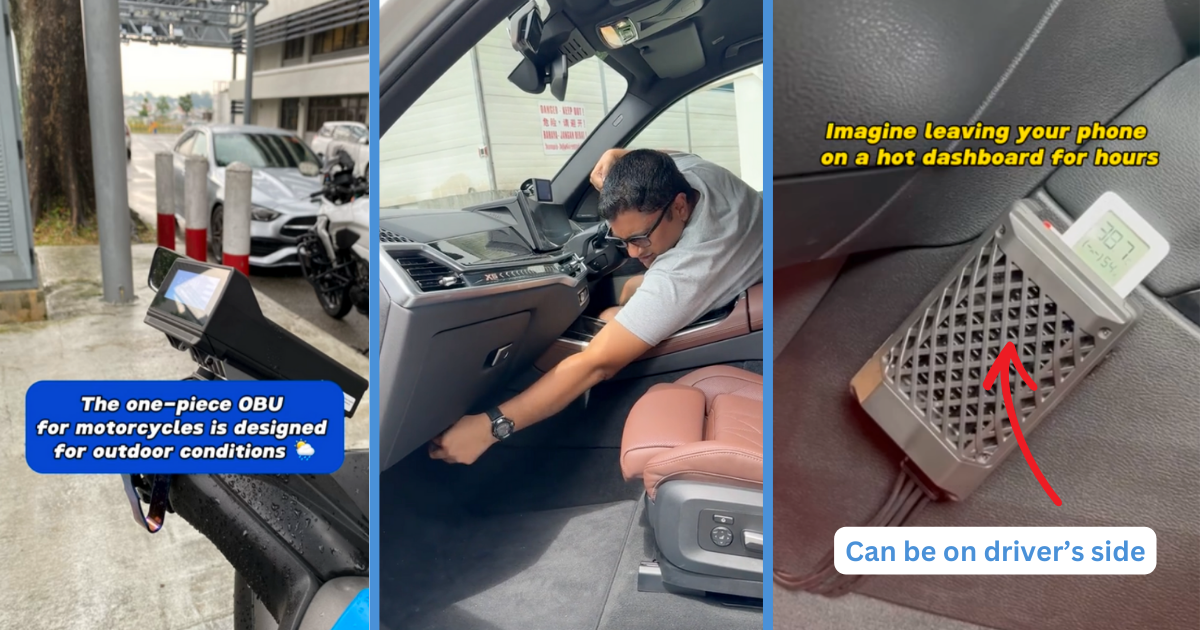When it comes to the World Health Organisation’s (WHO’s) recent response to the Wuhan epidemic, the original The Who comes to mind with their song “I Can’t Explain”.
I Can’t Explain what the WHO says.
I Can’t Explain what the WHO does.
I Can’t Explain what the WHO wants.
If you’ve read the WHO’s latest statement, you’re probably as confused as I am.
WHO Stated ‘Incorrect’ Risk Level Last Week; Now Said Risk is ‘High’
As you know, the world is being ravaged by a virus that originated in the Chinese city of Wuhan.
At the time of writing, there have been more than 4,000 confirmed cases globally, and the death toll has risen to 106.

Yesterday (27 January 2020), the 5th case of the Wuhan coronavirus was confirmed in Singapore.
62 of the patients previously classified as suspected cases have tested negative and the test results for the remaining 57 suspected cases are still pending.
So, when the World Health Organisation (WHO) declined to declare this a public health emergency, people were confused.
And now, the WHO says that they “incorrectly” stated in previous reports on Thursday, Friday, and Saturday that the global risk of the coronavirus was “moderate”.
They now say that the risk was actually “very high in China, high at the regional level and high at the global level.”
What was their explanation for this mistake? An “error in the wording”.
That’s like if my teacher asked me why I cheated and I say “Because I didn’t know the answers” – I mean, DUH, but it’s not a good enough excuse.
When the co-director of the Swiss School of Public Health, Antoine Flahault, was asked about the correction, he said, “It’s a mistake. It’s definitely a sizeable one… but I really think it’s a mistake that has now been corrected”.
It is indeed, but the confusion doesn’t end there.
High Global Risk, But Not an Emergency
Despite the soaring number of cases and deaths from the Wuhan virus, the WHO has refused to declare this a public health emergency.
According to CNA, this is a rare designation used only for the “worst outbreaks that would trigger more concerted global action.”
When the WHO chief was asked why the organisation declined to declare the Wuhan epidemic an emergency, he said, “This is an emergency in China but it has not yet become a global health emergency. It may yet become one”.
Ah, ok, I get it now. So, WHO has not declared a global public health emergency because it’s only an emergency in China at the moment.
That would be fine, except his next sentence was this:
“WHO’s risk assessment is that the outbreak is a very high risk in China, and a high risk regionally and globally.”

So, if it’s a high risk globally, why not declare a global public health emergency?
Could Affect Trade and Tourism
According to The Conversation, the reason for their caution could be that an emergency can “unnecessarily affect trade and tourism and imply that a country cannot control the disease on its own”.
Some reporters even asked whether the decision was politicised.
Either way, based on their track record, it seems like the WHO does not know how to use the term.
When the H1N1 swine flu pandemic hit in 2009, many felt that the WHO used the term too hastily, a decision which was criticised for sparking panic-buying of vaccines after they claimed it was a pandemic, only to find out later that virus was not nearly as dangerous as first thought.
Advertisements
Then, in 2014, many felt the WHO downplayed the severity of the Ebola epidemic that ravaged three West Africa countries by not using the term fast enough.
So, is it simply incompetence? It could be. One thing’s for sure though; the organisation everyone turns to in the face of a global health emergency should not be this unreliable.
And it should definitely not mix up the words “high” and “moderate”, especially when a possible pandemic is spreading all over the world.





